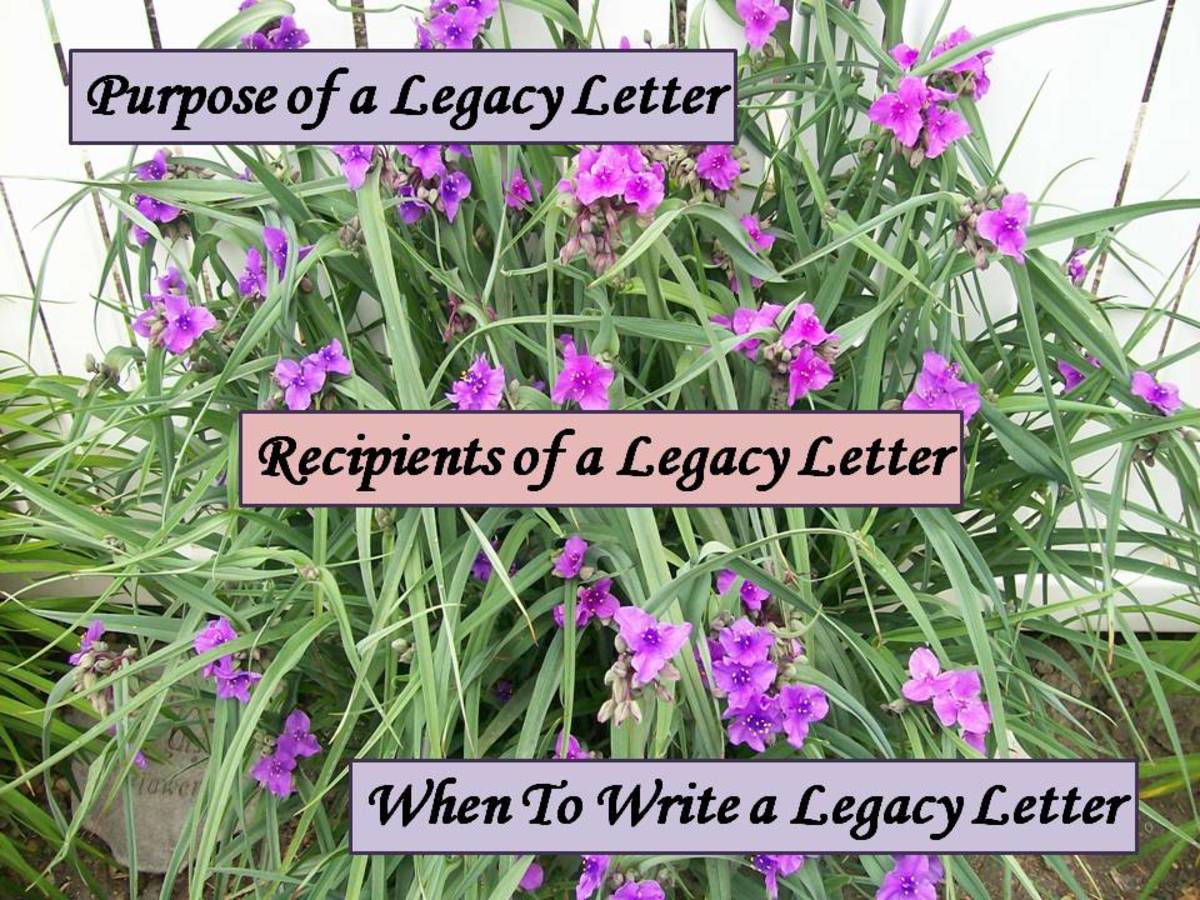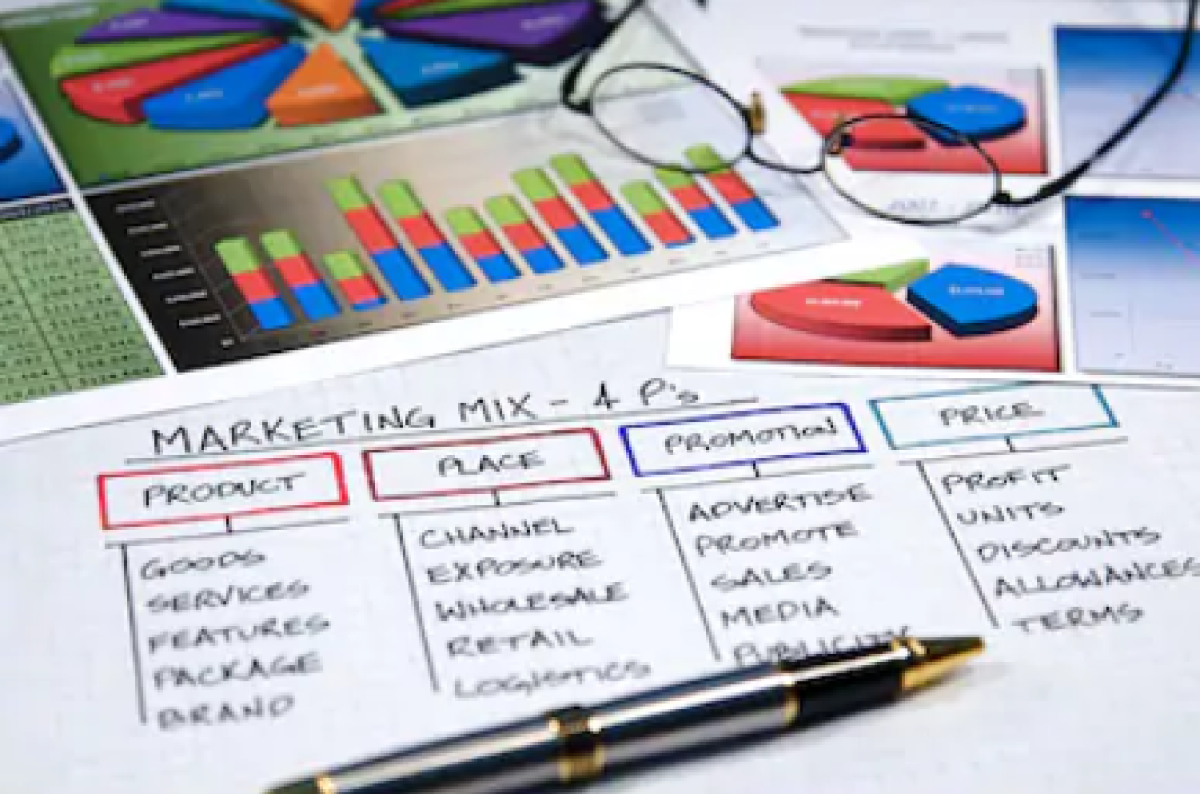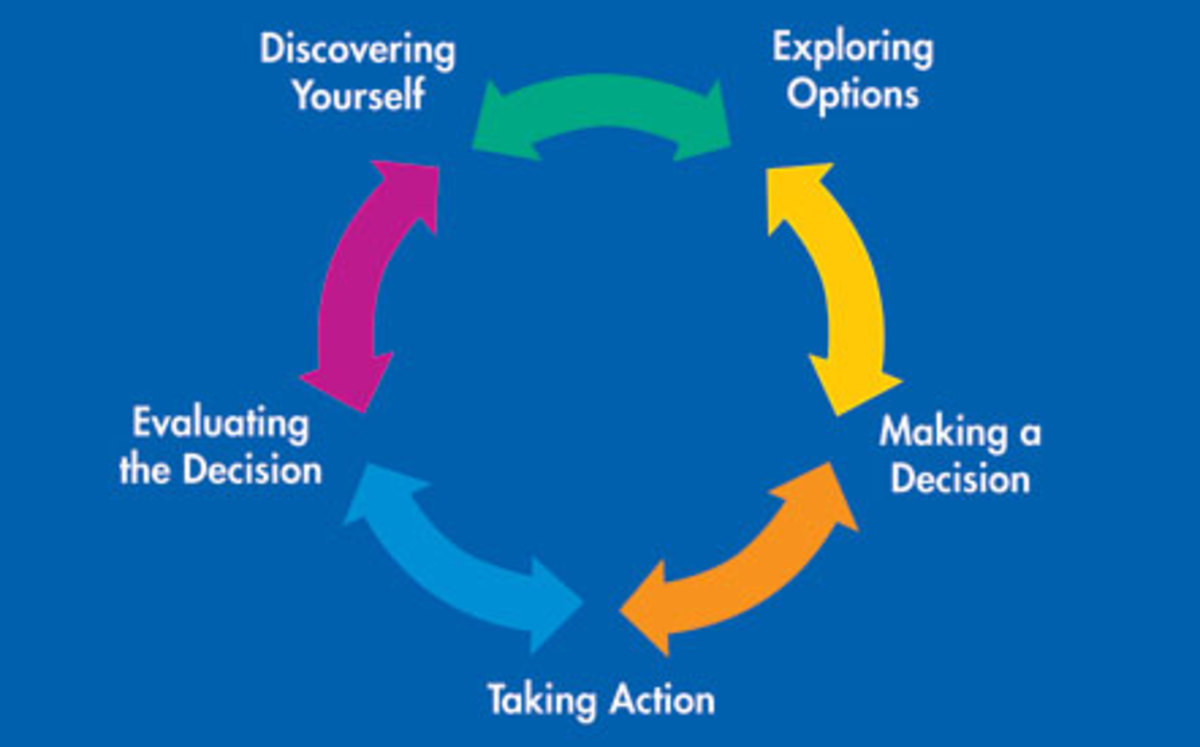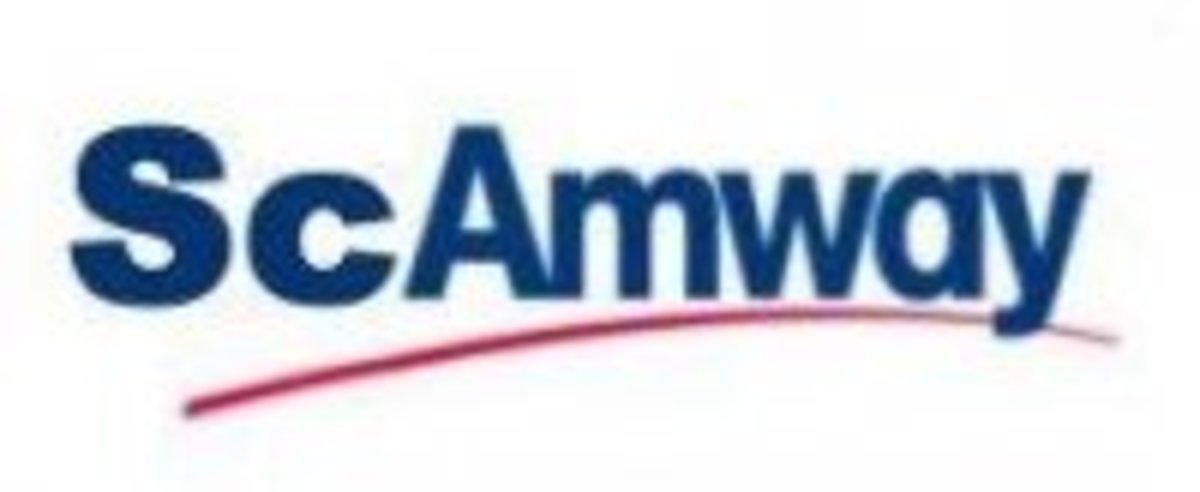How to Write a Proposal to Win New Business
How To Write a Winning Proposal
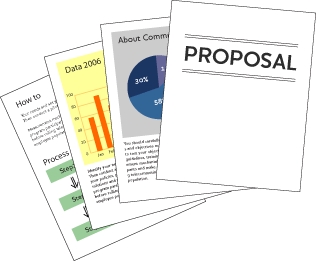
How To Write a Proposal To Win New Business
Understanding how to write a proposal to win new contracts is important to any business, no matter the size, even if you are a self-employed solo practitioner. Prospective customers are swayed by well written and laid out proposals that are easy to evaluate and address the problems they are trying to solve. Learning the techniques of how to write and structure a winning proposal is well worth your time and effort to put your best foot forward to increase sales. Implementing the proposal writing techniques detailed below should increase your proposal win rate, which means more business in the near-term and greater potential for growing your business over the long-term, thus realizing your dreams and goals for your business.
Decide Whether To Submit a Proposal To Increase Your Proposal Win Rate
One of the most effective yet overlooked ways to increase your proposal win rate is to take a few moments to make a “go/no-go” decision regarding whether a proposal opportunity is worth pursuing. If a Request For Proposal (RFP) is far beyond your firm’s field of expertise or your intelligence regarding a proposal opportunity indicates that the requester has a strong relationship with one of the bidders, you may want to pull the plug on the proposal opportunity to pursue other opportunities that you have a better chance of winning.
Remember To Include These Sections When Writing a Winning Proposal
A proposal should be well written and structured, so it is easy for a prospective customer to read, evaluate, understand, and discuss.
A proposal should include the following sections:
I. Approach – A brief high-level discussion of the proposed work that demonstrates that you understand the request and the prospective customer’s needs, and your approach to meeting their needs
II. The Scope of Work – Specific details regarding the services or work to be provided
III. Schedule – Specific timeframe regarding when the services will be delivered
IV. Cost – A clear breakdown of the cost of the proposed work or services
V. Assumptions – A list of any assumptions that were made when preparing the proposal
VI. Terms and Conditions – The limits and legal bounds of your services, which should be numbered to make them easy to identify and discuss
Remember These Guidelines When Writing a Winning Proposal
Be Straightforward and Explain How Results Will Be Delivered
If your prospective customer sets specific requirements in their proposal request, explain how you will deliver results that will meet their specific requirements. Be straightforward and clearly explain what deliverables your prospective customer will receive upon completion of the proposed work, why your firm is qualified to do the work, and what value and solutions you provide that make your firm the best choice to fulfill their needs. As part of the discussion of deliverables include delivery dates, when applicable. Just make sure you can meet any promised deadlines.
Keep your audience in mind. Do not assume that they understand all the technical terms that you take for granted. Clearly explain technical words and concepts, and spell out acronyms.
Explain How Your Qualifications and Experience Will Be Used To Deliver Results
Instead of pontificating about your qualifications and experience, no matter how great they may be, explain how your qualifications and experience will be used to deliver the results your prospective customer is trying to achieve. Explain what matters about your qualifications and experience in relation to fulfilling your prospective customer’s request and how you will meet their needs. This is very important because your proposal may be more expensive than a competitor’s proposal, but you could win the contract by demonstrating to your prospective customer that you are the right firm to hire based on your qualifications to perform the work and experience.
Include Graphics To Bolster Your Presentation
Where appropriate, include graphics to bolster your proposal presentation to make it easier for the reader to understand. For example, if you are proposing the installation of trees around a prospective customer’s building, include some pictures of the types of trees you will install and a diagram showing where the trees will be installed.
Make Sure Your Proposal Responds To Your Customer and Is Compliant With Regulations
Be concise and make sure your proposal responds to your prospective customer’s request. There is nothing worse than a long-winded proposal that does not even address the request that was made. Make sure your proposal complies with any applicable governmental rules and regulations. If you cannot comply, explain why and suggest a workable alternative.
Be Clear About The Pricing For Your Work
Price your proposal competitively to win and clearly spell out the pricing of the proposal in bolded lettering, including any retainer you may need to initiate the work (a 25% to 50% retainer request is common).
If it is going to be a lump sum project, then state that the work will be done for a lump sum cost, and state the cost. Be careful to only bid on work as a lump sum if you are confident that it can be done for a specific price and no surprises or changes will necessitate a change order for additional money. Build a cushion in your lump sum price to account for minor unknowns.
If the project involves unit pricing that cannot be performed on a lump sum basis or you just want to protect yourself from cost overruns, then make sure you state that the work will be done on a time and materials basis. This will allow you to ask for more money if it is necessary to complete the project. Include your rate sheet with the proposal, so your prospective customer understands the time and materials charges.
Provide a detailed breakdown of your pricing. The breakdown should be by each proposed task, rather than by each line item on your cost estimation worksheet. You do not want to reveal too much about how you arrived at your cost, as some prospective customers may question specific line items or may send your proposal to competitors to see if they can beat your line item costs.
Include Assumptions, Terms and Conditions, a Place to Sign, and Contact Information
Include any assumptions regarding what your proposal is based upon. Also include terms and conditions that clearly spell out the legal parameters of the proposal, which will become a legally binding business contract once your prospective customer signs it. Finally, include a place for your prospective customer to sign your proposal to authorize the proposed work and provide clear instructions regarding how you can be contacted and how the signed proposal should be returned.
Include a Diagram or Pictures To Bolster Your Proposal Presentation
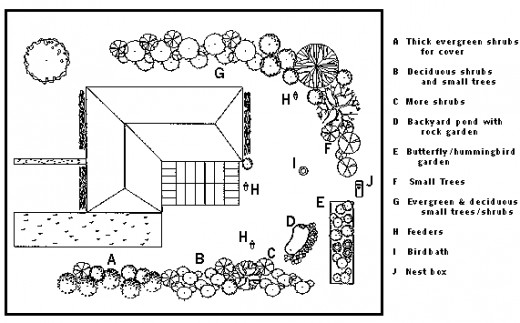
The Bottom Line Regarding How To Write a Proposal To Increase Your Proposal Win Rate
What you want to remember about writing a winning proposal is that you need to put a proposal in front of your prospective customer that is well structured, easy to read and understand, and solves their problems. Remember that proposals are evaluated by their structure, presentation, and how they meet a prospective customer’s needs.
Make your proposal stand out from your competitors. If your proposal is focused on your customer and how you will meet their needs and solve their problems, your proposal will be on the top of the pile when your prospective customer is trying to make a decision regarding which company to hire. Being on the top of the pile is a great place to be if you want to have a high proposal win rate.
Make sure you close your proposal with clear contact information so that the prospective customer can easily contact you with questions. Also, a very important factor in increasing your proposal win rate is to follow up with your prospective customer after sending a proposal to see if they have any questions or concerns. This not only puts you in direct contact with your prospective customer and helps you start building a business relationship, it also helps you personalize your proposal and build added confidence with your prospective customer that you are the right firm to hire to complete the tasks they need to be completed.
How to Write a Winning Proposal
Winning Proposal Poll
Did You Learn Anything About Writing a Winning Proposal?
© 2014 John Coviello

